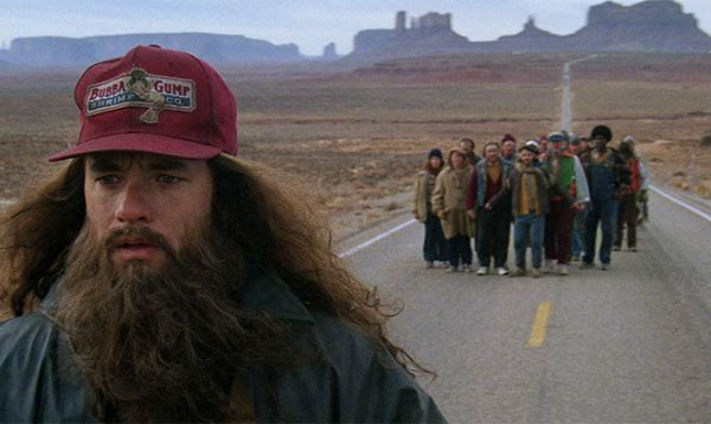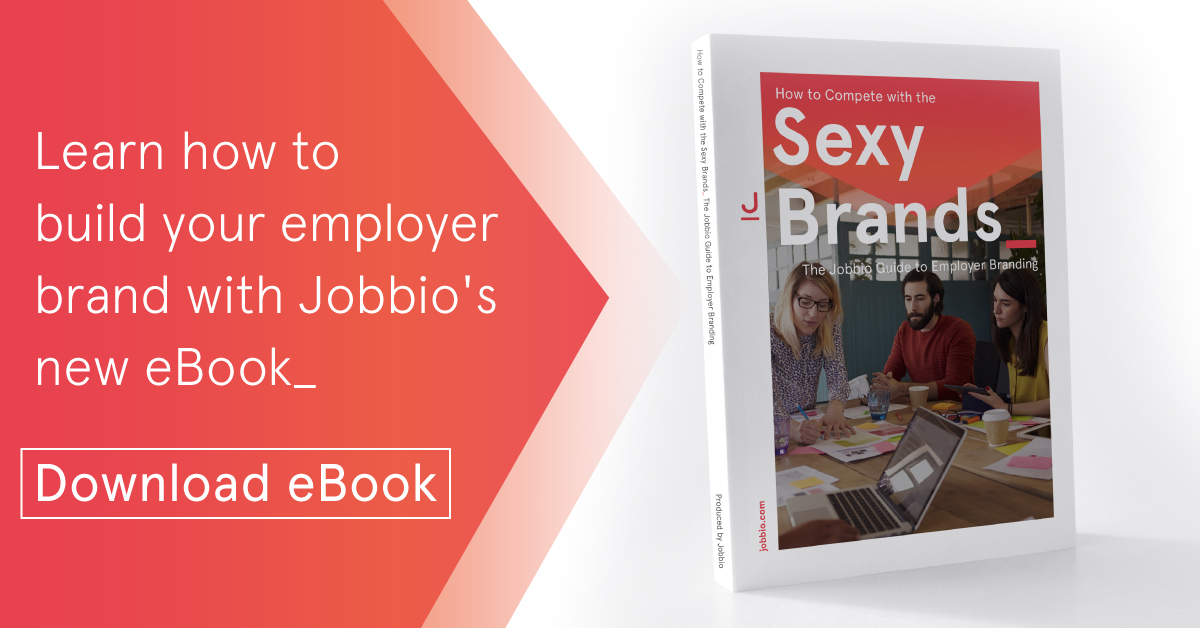Meetings are the backbone of the working day for many professions. I can summarise the majority of meetings that I’ve attended as follows:
-
Short meetings
-
Long meetings
-
Productive meetings
-
Complete waste of my time meetings
What do all the above meetings have in common? I was sitting on my backside for all of them. That is something I believe is worth changing.
The future of work is a hot topic right now and something that I’m very interested in. How we work in 10 years’ time will look a lot different from how we work today. One thing we can be sure of however is that meetings (in some shape or form) are here to stay.
Seen as meetings are here for the long haul, I propose giving them an overhaul! Let’s get off our backsides and make meetings more active. Activity at the workplace is a great way to increase morale, employee energy and teamwork.
Standing Meetings
I’m a big fan of standing meetings. Standing is healthier than sitting so that’s benefit number one. You should also find that stand up meetings, in general, are shorter than regular meetings. People seem to get to the point a lot quicker and there’s usually very little time wasting.
Can you introduce or suggest stand up meetings at your workplace? If you have the technology then there’s no reason why a conference call or a Skype-style online meeting wouldn’t work while standing. It’s also a great option for short catch up team meeting at the beginning or end of the day.
It’s not exactly revolutionary but it can add a fun element to the work environment as well as a health focus.
 Walking Meetings
Walking Meetings
According to a study conducted by the Harvard Business Review, walking can lead to creative thinking, which is something we could all use during important work meetings. Walking meetings create an opportunity for people to get away from their computer and enjoy a change of scenery.
Walking meetings are ideal for one to one updates, brainstorming sessions, or discussing priorities for the week ahead. In its simplest form, it can be a stroll to the coffee shop with a colleague, catching up on work-related tasks as you go.
Employees may feel uneasy formally suggesting walking meetings on their own. If the management team lead by example, however, less senior staff will feel more comfortable following suit.
Workout Meetings
This type of meeting will NOT be for everyone!
Workout meetings encourage people to move around and get fit while meeting up for business. As you might expect, these meetings don’t take place in standard meeting rooms. Instead of appointments in the office or boardroom, they take place at a gym or a suitable on-site space while you’re working up a sweat.
“Sweatworking” as it’s been dubbed is growing in popularity, particularly in the U.S although some Irish companies are getting on board. Fitbit for example, have kitted out a meeting room in their Dublin office with treadmill desks facing each other, ideal for one to one meetings or small team gatherings.
If sweating profusely in front of your boss or colleagues doesn’t sound appealing you can always opt for a much lighter form of workout. Stretching and yoga style sessions can be just as rewarding as a full on gym workout. Companies can enable this type of workout meeting by providing the necessary space, materials (yoga mats, foam rollers, resistance bands etc.) and support for physical activities in meeting areas.
Active meetings can be a fun addition to the wellness strategy of any organisation. With Ireland’s National Workplace Wellbeing Day taking place on April 13th this year, businesses across the country are being asked to dedicate time to healthy and fun activities for employees.
What better time to introduce active meetings into your workplace?
Brian Crooke is a wellness consultant and speaker specialising in the design, improvement and auditing of wellness initiatives for Irish businesses. He is the founder of Office Worker Health, a platform dedicated to promoting health and wellbeing in the workplace. You can sign up to the Office Worker Health newsletter and join the community on LinkedIn to find out more.











